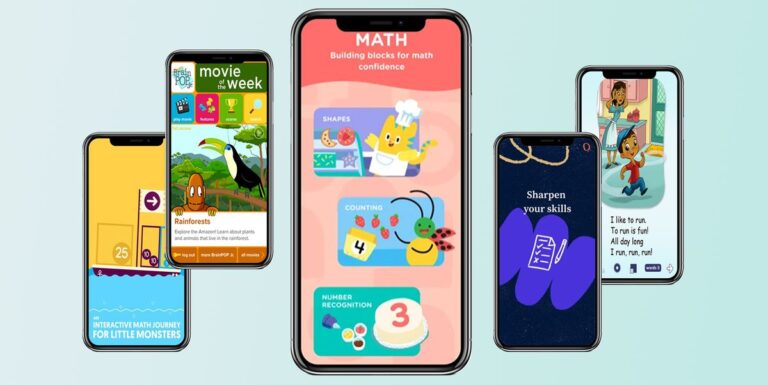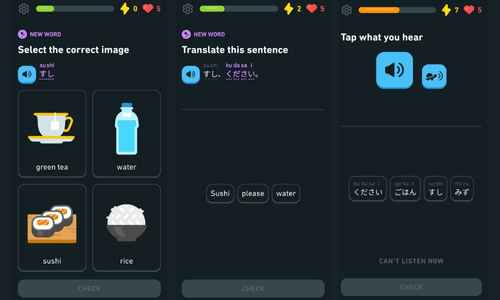Why Learning Spanish Greetings is Important
As a language with over 500 million native speakers worldwide, Spanish is a widely spoken language. Mastering Spanish greetings is essential when traveling to Spanish-speaking countries, meeting Spanish-speaking people, or even engaging with Spanish-speaking colleagues. Greetings help establish rapport and build relationships, leading to positive interactions. In this guide, we’ll cover the basics of Spanish greetings, including how to say hello in Spanish, different ways to say goodbye in Spanish, and more.
Table of Contents

Saying Hello in Spanish
Saying hello in Spanish is a basic and essential skill to master. The most common way to greet someone in Spanish is by saying “hola.” Hola is a casual greeting, and you can use it in most situations. However, if you want to greet someone more formally, you can use “buenos días” for good morning, “buenas tardes” for good afternoon, or “buenas noches” for good evening or night.
When meeting someone for the first time, you can also use “encantado” or “encantada” (if you’re a woman) to say “nice to meet you.” Remember to pronounce the “h” in “hola” to avoid confusion with the Spanish word “ola,” which means “wave.”
How to Respond to Spanish Greetings
When someone greets you in hello in spanish, it’s polite to respond. The most common response to “hola” is “hola” itself. For more formal greetings, you can respond with “buenos días/tardes/noches” or “mucho gusto” (nice to meet you). If someone greets you with “¿Cómo estás?” (how are you?), you can respond with “bien, gracias” (fine, thank you) or “más o menos” (so-so). If you want to ask the person back, you can say “¿Y tú?” (and you?).
Other Ways to Say Hello in Spanish
Aside from the basic greetings, there are other ways to say hello in Spanish depending on the region or situation. For instance, in Mexico, people commonly say “qué onda” (what’s up?), “¿qué tal?” (what’s up/how’s it going?), or “buen día” (good day). In Spain, they also use “¿qué tal?” or “¿qué pasa?” (what’s happening?). These greetings are more informal and commonly used among friends or acquaintances.
Different Ways to Say Goodbye in hello in spanish

Saying goodbye in Spanish also varies depending on the region and context. The most common way to say goodbye is “adiós,” which can be used in any situation. Other formal ways to say goodbye are “hasta luego” (see you later), “hasta pronto” (see you soon), and “hasta mañana” (see you tomorrow). Informal ways to say goodbye include “chao” (bye), “nos vemos” (see you), or “que te vaya bien” (take care/ have a good one).
Cultural Considerations when Greeting in Spanish
In Spanish-speaking countries, greetings are a big deal, and there are certain cultural considerations to keep in mind. For instance, in some countries, it’s customary to greet everyone in the room or the group, even if you don’t know them. In Latin America, it’s common to greet women with a kiss on the cheek, and men usually shake hands or give a pat on the back. In Spain, people usually give two kisses on the cheek. It’s also essential to use the appropriate level of formality depending on the situation, such as using formal greetings with older people or those in positions of authority.
Greetings in Different Spanish-Speaking Countries
Spanish is a language spoken in various countries with different customs and traditions. As a result, greetings can vary significantly depending on the country. For example, in Mexico, people tend to be more informal and use greetings like “qué onda” or “qué tal,” whereas, in Spain, people use more formal greetings such as “buenos días” or “buenas tardes.” In some South American countries, such as Argentina and Uruguay, people use “che” as a form of greeting or calling someone’s attention, which is not used in other Spanish-speaking countries.
Using Greetings in Spanish Language Learning
Learning Spanish greetings is an essential part of language learning, and it can also help you practice your Spanish skills. Greeting people in Spanish is a great way to start a conversation and build your confidence in speaking the language. By learning different greetings and responses, you can also improve your listening skills and comprehension. Greetings can also give you insights into the culture and customs of Spanish-speaking countries, making it easier to communicate effectively and respectfully.
Common Mistakes to Avoid when Greeting in Spanish

As with any language, there are common mistakes to avoid when greeting people in Spanish. One of the most common mistakes is using informal greetings in formal situations or with people you don’t know. Another mistake is mispronouncing words, such as not pronouncing the “h” in “hola” or not using the proper accent marks. Additionally, using greetings that are not appropriate for the situation or the region can also cause confusion. It’s essential to learn the appropriate greetings for different situations and regions and to practice your pronunciation to avoid common mistakes.
Conclusion
In conclusion, learning Spanish greetings is an essential skill for anyone interested in the language and culture of Spanish-speaking countries. By mastering different ways to say hello in Spanish, how to respond to greetings, and different ways to say goodbye, you can communicate more effectively and build positive relationships. Remember to take cultural considerations into account, practice your pronunciation, and avoid common mistakes. With these tips, you can confidently greet people in Spanish and enjoy all the benefits that come with it. Happy learning! learn about Unlock the power of global communication with our guide to saying ‘hello in different languages – take the first step towards a more connected world today









